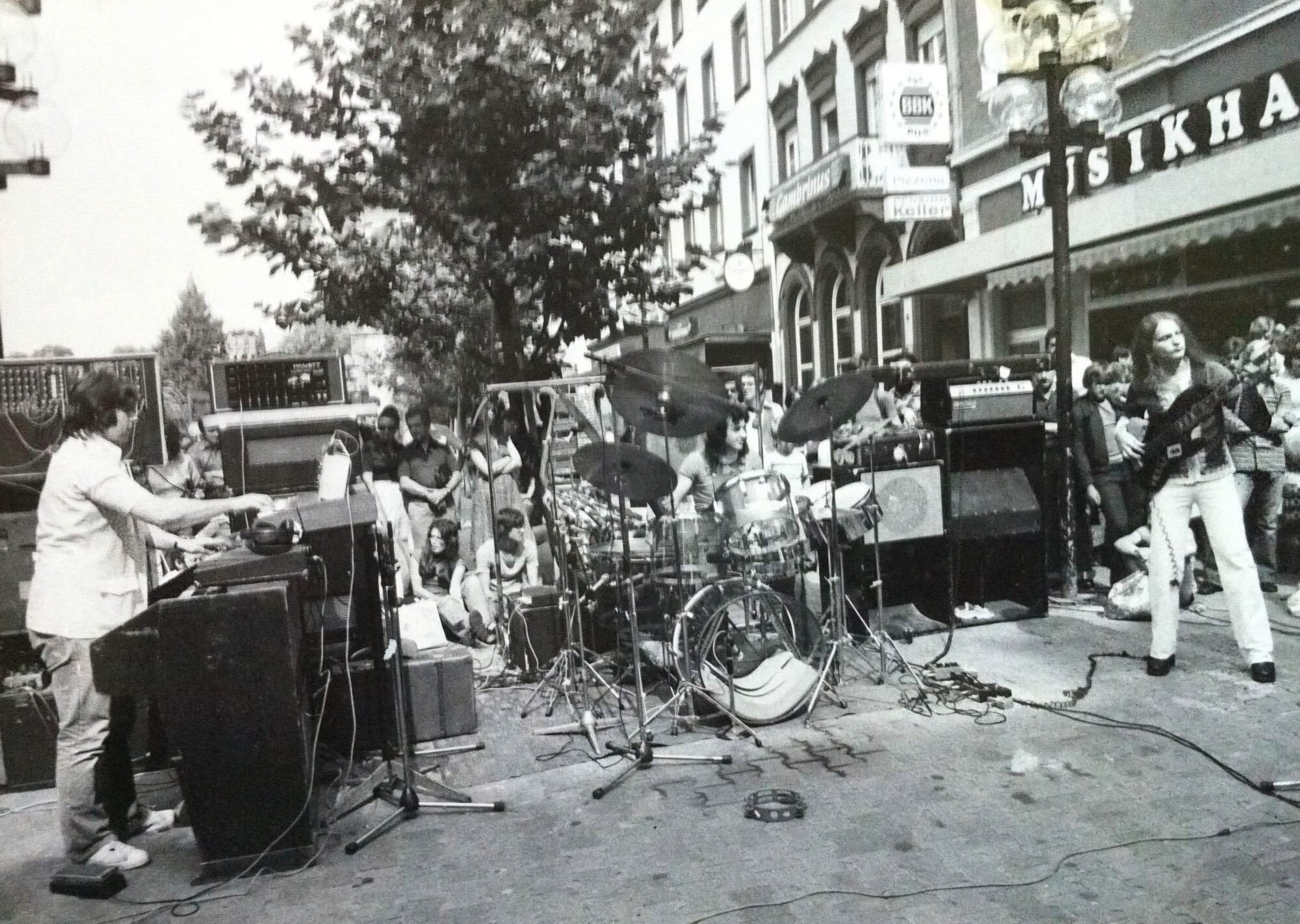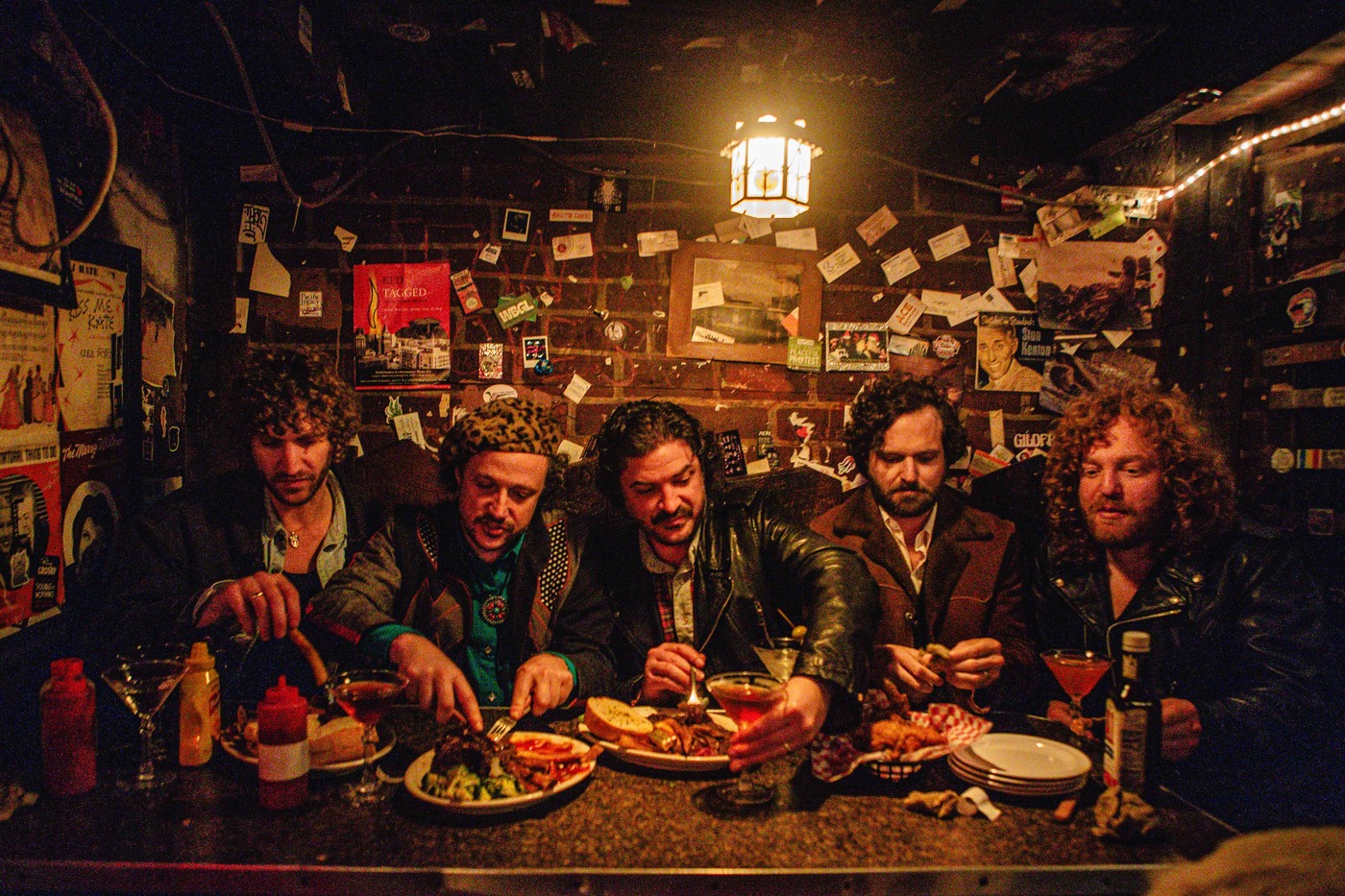Tritonus | Interview | “Minimalist trance and space music”
Tritonus, a trio from Mannheim, emerged in German rock during the 1970s, drawing comparisons to the likes of Emerson, Lake & Palmer.
Led by Peter K. Seiler, a virtuoso in playing the Moog synthesizer, the group’s formation stemmed from a meeting with Ronald John David Brand, a kindred spirit in musical exploration. Their collaboration birthed Tritonus, a name derived from the musical term denoting an interval of three whole tones, historically associated with taboo and intrigue. Initially experimenting with covers and original compositions, Tritonus eventually focused solely on their own material, showcasing their prowess in Teije van Geest’s studio and later releasing singles under various labels. Despite limited distribution, Tritonus gained recognition through live performances, radio appearances, and accolades, solidifying their position within the scene. Their journey included the release of two albums, further cementing their legacy.
With a prolific career spanning over decades, Seiler’s contributions extend beyond Tritonus, encompassing solo albums, collaborations with renowned artists, compositions for various mediums, and prestigious roles in the music industry.
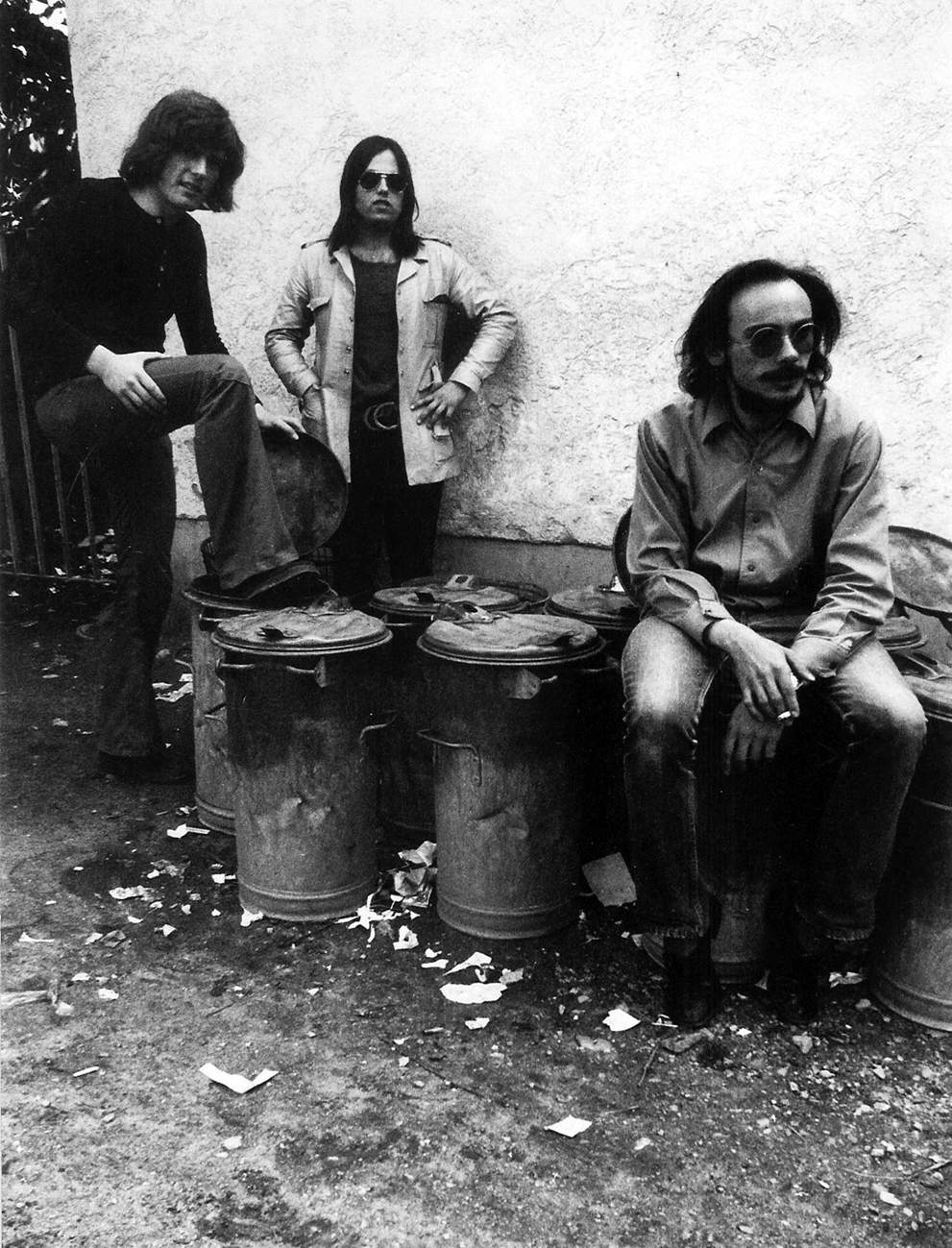
“Minimalist trance and space music”
Are you excited about the Garden of Delights reissue?
Peter K. Seiler: Of course, I’m happy that the old works are being published again, apart from a few titles that don’t meet my current quality standards, which I call the “sins of youth.” However, from the point of view of being a collector’s item for the fans, I fully accept it.
What was it like growing up in post-war Germany? How would you describe your childhood days?
Although I was born a few years after the war, I still remember the ruins of many destroyed buildings. But at that time, people were busy rebuilding, were happy there was something to eat again, and were getting on with their lives. There’s no doubt, the years at the end of the war and for several years after, were hard on the population. A lot of the music on the radio came from the USA and almost all of it from England. We were, so to speak, socialized by Elvis Presley (rock ‘n’ roll) and The Beatles. This also affected fashion – jeans, hairstyles, and lifestyle.
How did you first get interested in music, and what were some of the early influences that sparked your interest?
My father was a pianist, though not professionally. There was a piano in our house and later an organ that my father played his beloved evergreens and jazz standards on. I began taking classical piano lessons at the early age of seven and got to know traditional classical music, which was very good for my playing technique. The change came with The Beatles and the Anglo-American music that played such a dominant role on the radio. The influence of music and fashion from England played huge roles.
When did you become interested in organ playing?
I listened to players such as Jimmy Smith, Keith Emerson, and Brian Auger, to name just a few. The sound was fascinating and still is.
Were you in other bands before Tritonus began?
Yes, I played in two other bands on a semi-professional basis. One was called Mohn & Gedaechtnis, where we worked with German surrealistic lyrics and poems.
What was the scene in Mannheim like back in the 60s? Were there a lot of “hippies” and beatniks around?
I can’t speak directly about the 60s, but I do know that there were a lot of bands and musicians playing live music at American GI and officers’ clubs. The American army was based in our region, Mannheim-Heidelberg, and in the Kaiserslautern (K’Town) area. This provided work for musicians and also exposed them to American music.
In the 70s, however, bands were creating their own music, and, as in many other cities in Germany, a distinct scene emerged. In our region, there were some nationally known bands, such as Joy Unlimited (Joy Fleming), Kin Ping Meh, Nine Days Wonder, Flute and Voice, Guru Guru, and Tritonus, of course.
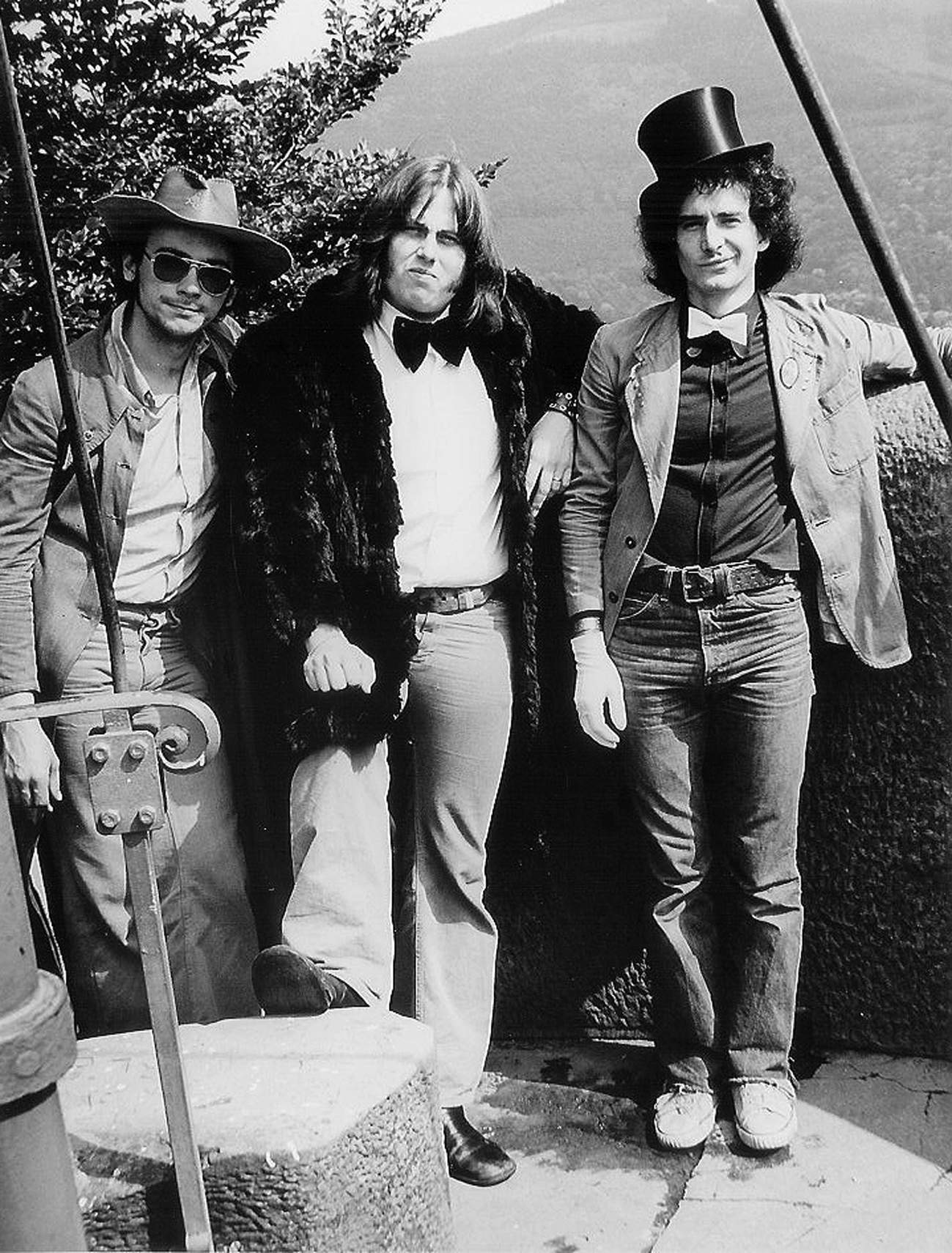
When was Tritonus officially born? What’s the story behind the band name?
In 1972, I met the bass player, Ronald Brand, in a music club called “Genesis” in Mannheim. The name of the club was surely a good omen for the formation of a band.
We discussed harmony progressions, the Neapolitan sixth chord, the Tritonus, favorite current compositions, and the desire to form a three-piece band similar to “The Nice.”
The idea behind the band name:
Tritonus, also known as “diabolus in musica,” is an interval (B to F) or (C to F#). The Tritonus consists of three whole note steps and corresponds to an augmented fourth. In classical music ages ago, it was not “allowed” for a composer to use that interval. As a band with three musicians and classical roots, it was an ideal name.
When did the decision to start the band come about?
First of all, we looked for a rehearsal room at the end of 1972 and beginning of 1973. We began to rehearse very diligently because all the musicians had high-quality standards. By that time, I had already bought the Mini Moog synthesizer, which was an important step in my career.
A well-known DJ liked the band and wanted to produce a single with us, a cover version of a US hit but in our sound and using a Moog synthesizer. He gave the go-ahead and was, so to speak, the initial spark. We looked for a studio and initially just recorded a track we liked, working on an 8-track machine, but it didn’t fit the producer’s concept. We decided to give up the idea of the cover version and then produced a new title for the single at our own expense, i.e., without a producer.
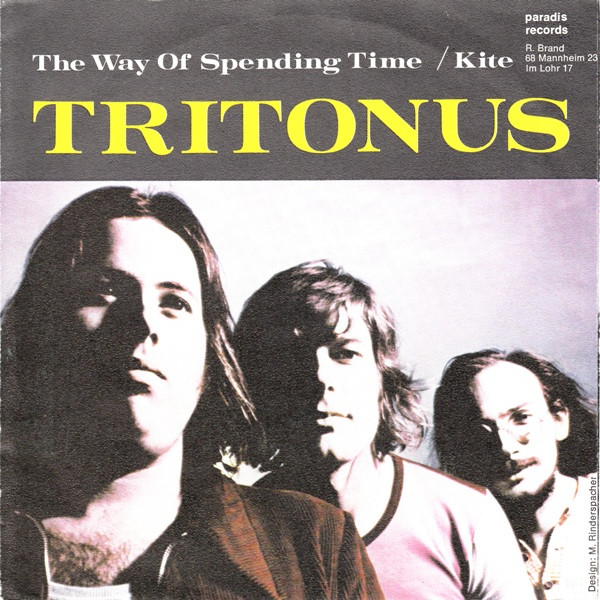
The single (‘The Way of Spending Time’) was released on our own label and received a lot of airplay on almost all German radio stations, which in turn drew national attention to us. That was 1973.
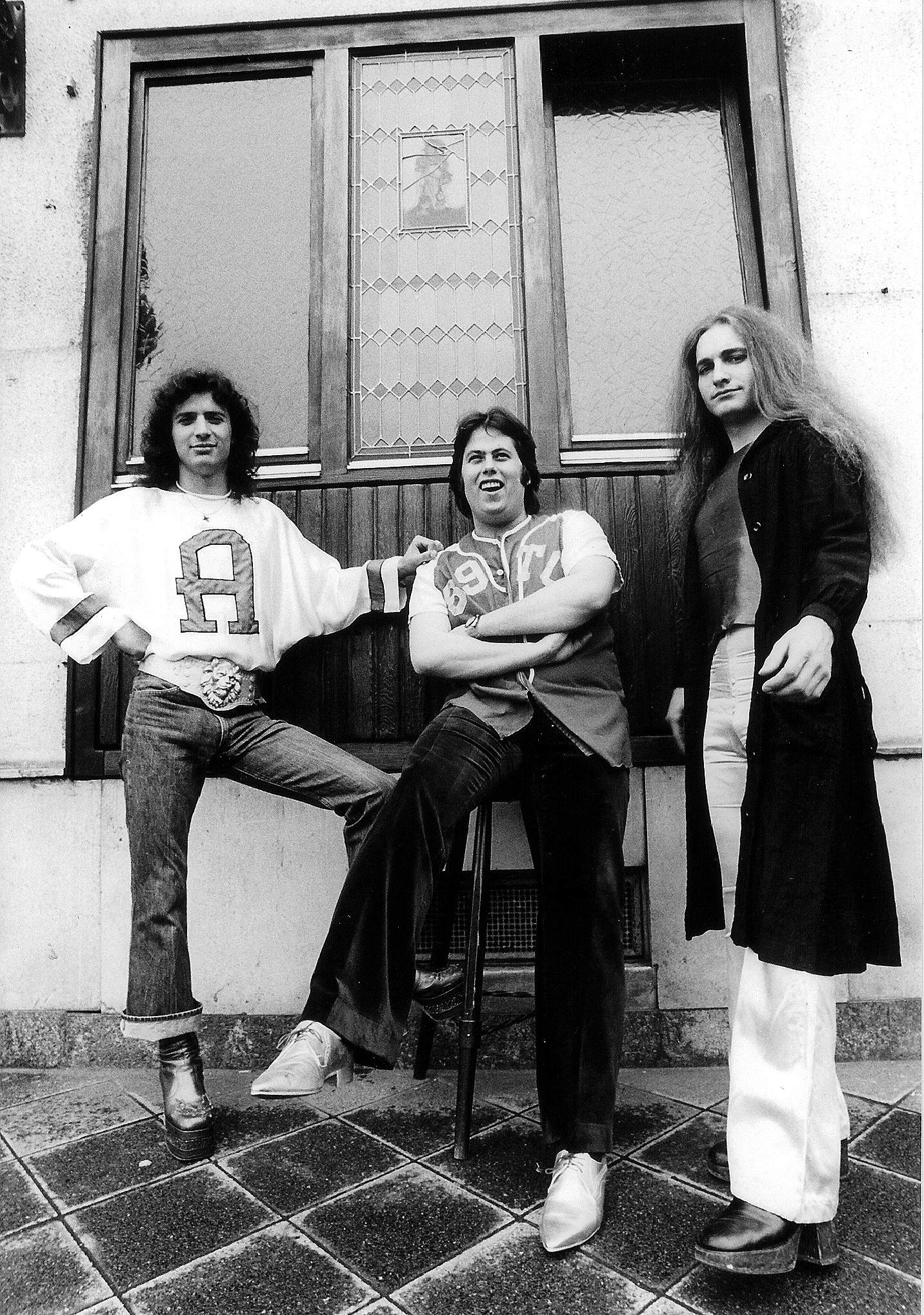
What did your repertoire consist of early on? Did you play a lot of shows?
We mainly played our own repertoire apart from a Sibelius composition.
The band was very busy; we played almost all the gigs we could get, sometimes about 80-90 gigs in a year. It was a hard, arduous journey but very instructive.
We wanted to promote our singles and albums to improve our sales figures.
We occasionally played at festivals, among others with The Scorpions, who, like us, appeared as opening acts. We had a good gig in Cologne at Tanzbrunnen together with Triumvirat. Triumvirat was very successful in the USA and also in Brazil at that time.
Tell us about your instruments, amplifiers, and other gear you had in the band?
On stage, the bass player used a Fender Jazz-Bass, a Hiwatt amp 200 watts, and a big custom-built speaker system. I played a Hammond A-100 with 2 Leslies and also a Hiwatt amp, as well as a Hohner String Ensemble, Wurlitzer E-Piano, and last but not least, the legendary Mini Moog Synthesizer. In the recording studio, I played Mellotron, Hohner Clavinet, and a Grand Piano. Later on, I played PPG Wave Computer & Sequencer.
For live performances, we also used a big custom-built Scheck PA system and a 16 Channel mixing console.
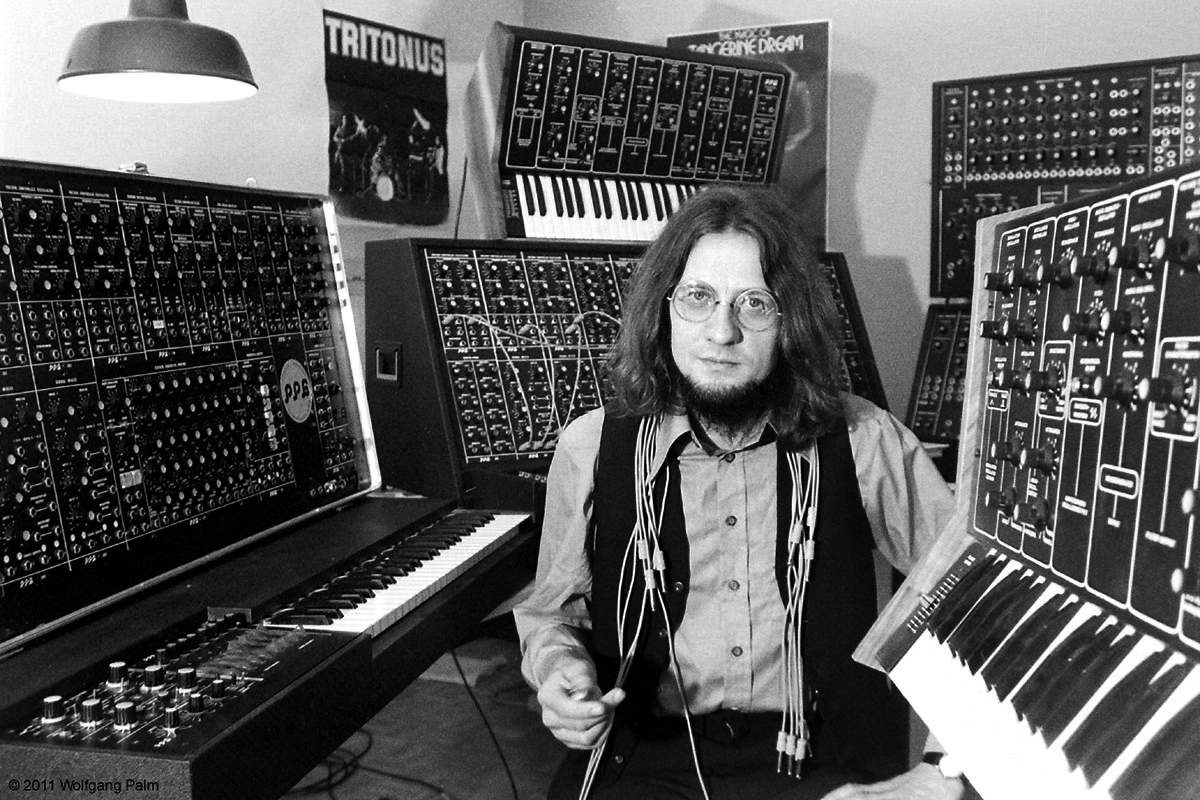
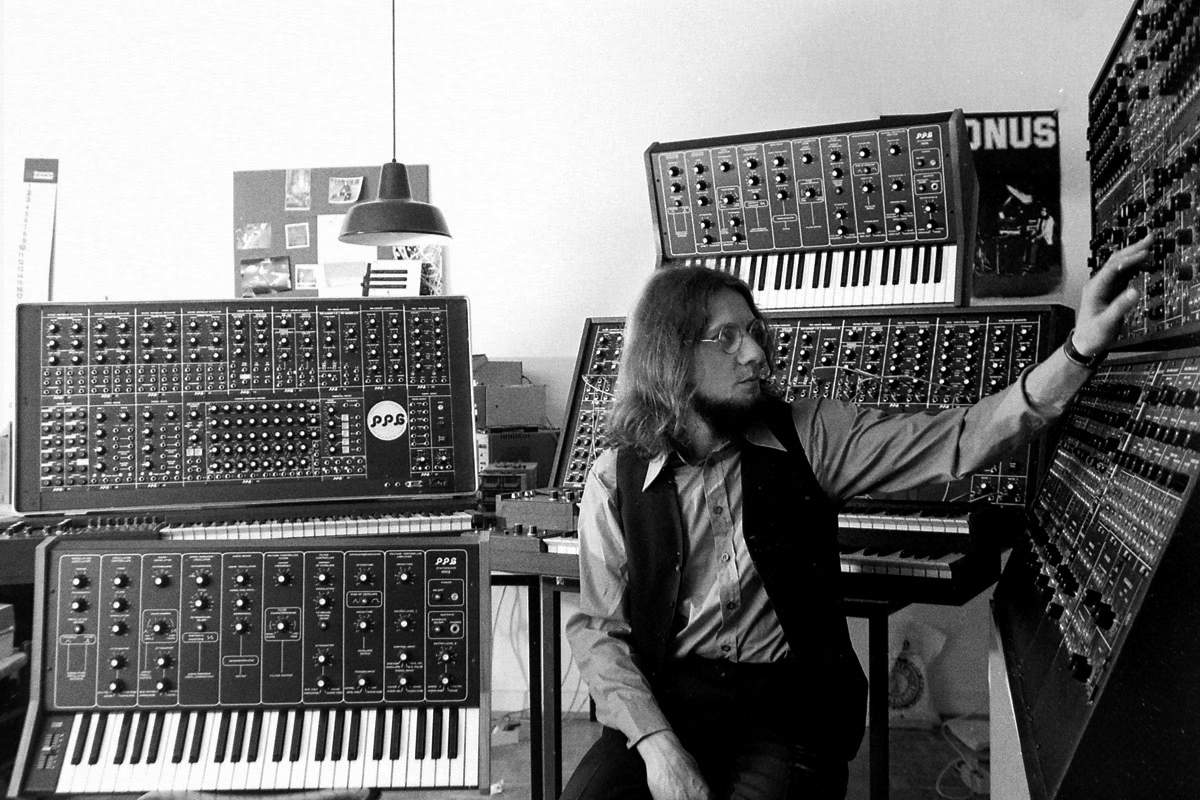
When did the band begin playing together, and for how long were you together?
We began rehearsals at the end of 1972 and recorded the first single in 1973.
In 1979, I broke up the band due to other commitments and because of my solo and composing career. In 1980, I started writing music for national television (ZDF/ARD).
Did you have a manager?
Occasionally, we had some kind of management, but not exclusively, which in retrospect was a shame. A professional manager would have been important, but unfortunately, we didn’t find one, only some “would like to be” types.
In the end, I also did the management job, which was pretty time-consuming.
What are some of the most memorable shows you played?
The concert in Cologne for WDR in April 1977 was definitely a highlight with TRITONUS. I had the opportunity to use the big WDR radio choir. The show, which was broadcast live, was sold out within a couple of hours.
What would be the craziest show you ever did?
The parents of true Tritonus fans booked the band for a children’s birthday party as a surprise. (The fans were approximately 13-15 years old)
Apart from a large PA but with full backline equipment, the gig took place in the family living room. I suppose there must have been an audience of about 20. Everyone received a signed LP (album) as a gift.
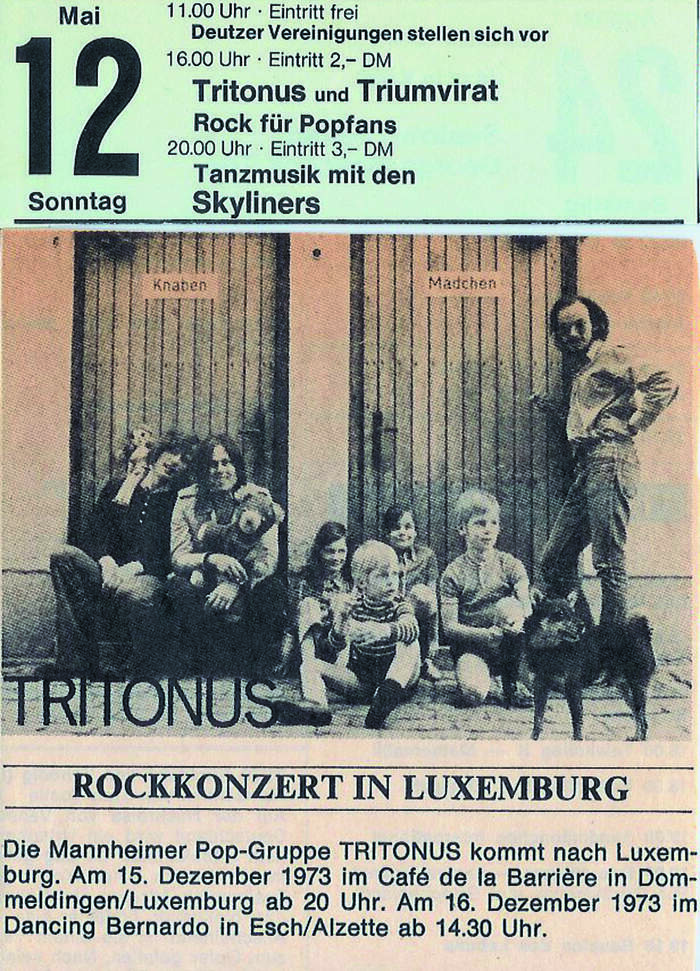
Tell us about the recording of your debut self-titled album released via BASF. How did you get contacted by the label?
Because we were on a major national TV show and also because we won a national band competition, we had offers from major companies for the debut album. Together with the bass player, I had composed a symphonic poem for a symphony orchestra and band and wanted to put it on the first album. All the labels said we were crazy, and record bosses were of the firm opinion that you only do a project like that once the act is established.
Our initial view proved to be a mistake. However, we urgently needed an album (LP) to move forward. We had no choice but to produce an LP ourselves without an orchestra and offer the finished product to the record labels.
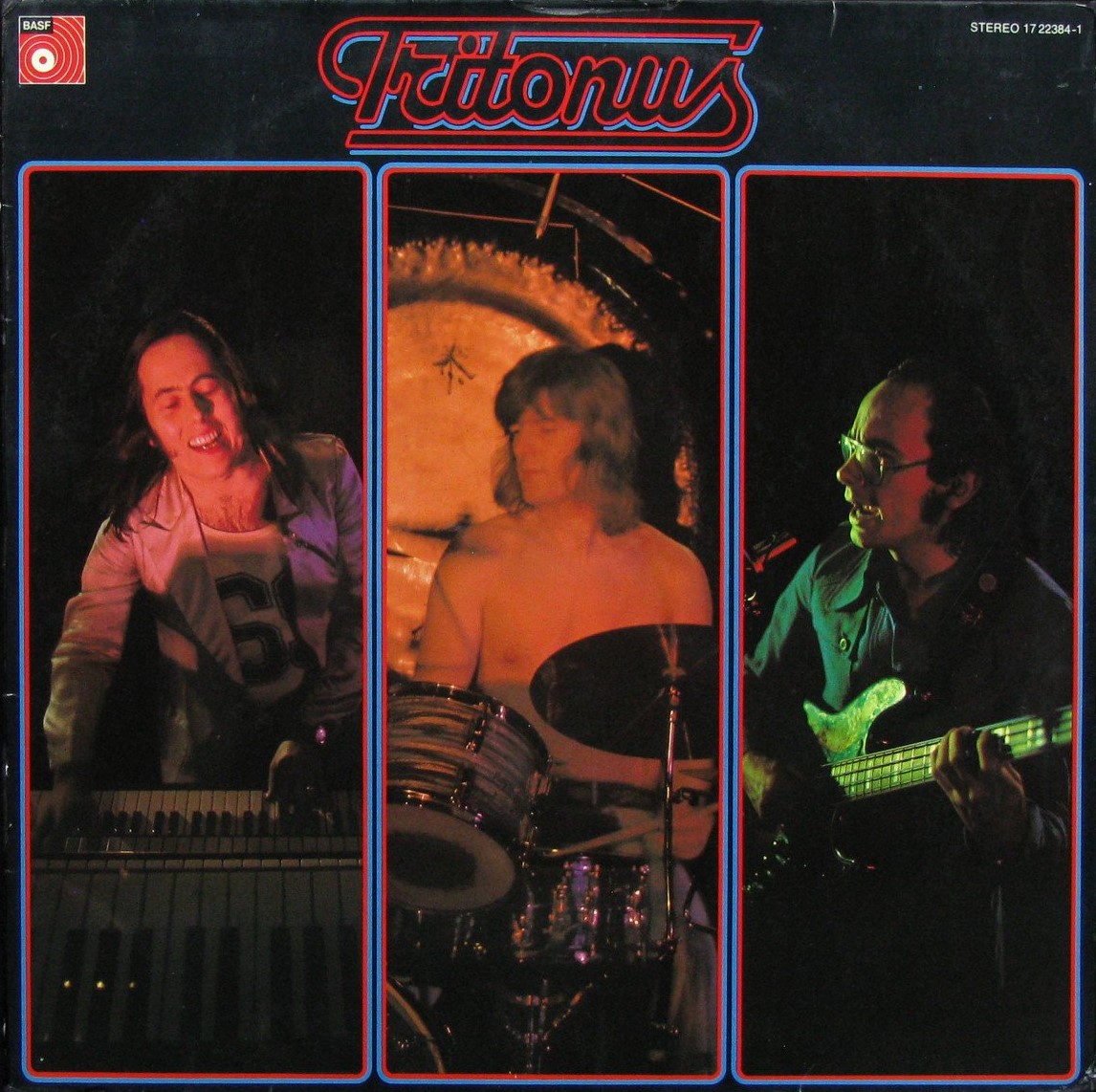
The drummer didn’t believe it would be successful and left as co-producer. So I took the risk alone with the bass player, Ronald Brand.
We got a small bank loan and had only limited time in the studio. We meticulously planned and rehearsed every step of the production. All overdubs and steps were fixed in advance, so we were able to record the album in only four days. Everything took place in the Bauer recording studio in Ludwigsburg. It was recorded with a Studer 16 track, which was a great experience for us at the time, especially since the sound engineer was also an experienced and successful man at the mixing desk. It was also a pleasure to use the studio instruments such as timpani, tubular bells, marimba, etc. The first album was produced by Peter Seiler/Ronald Brand.
Under great financial pressure, I peddled and finally got two offers. I chose BASF because the first impression I had with the A&R people was very positive. They loved the music! There was great praise from almost all departments, and people believed in us.
The BASF company was also stationed in Mannheim and had good artists under contract.
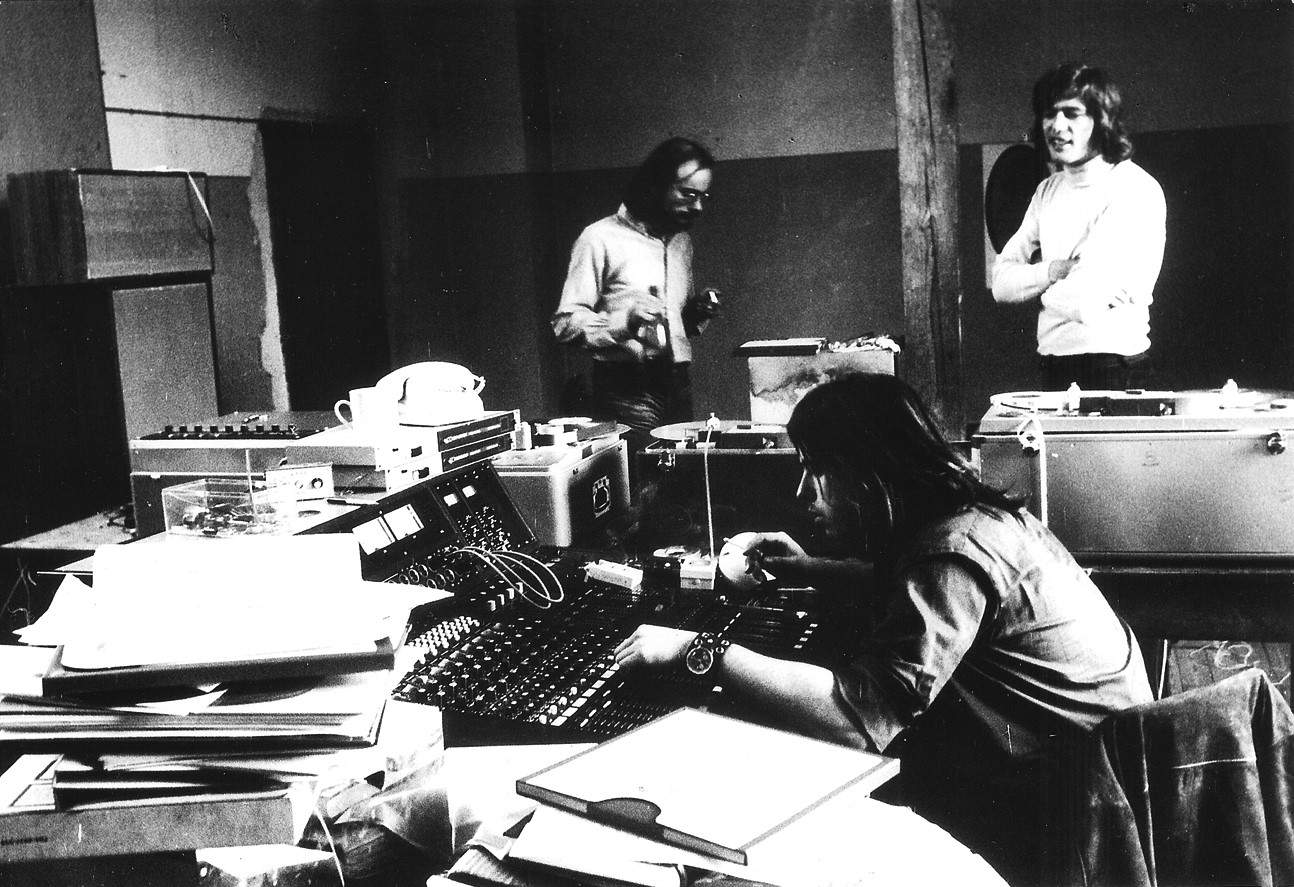
What was the songwriting process like for the band? What inspired songs?
Let me describe the important tracks on the album like ‘Escape And No Way Out’ and ‘Far In The Sky’ as symphonic rock music.
As a rule, the music and lyrics came from me, although some titles were written together with the bass player.
The drummer was a glider pilot, later the bassist too, and I flew with them several times. It was obvious to do a track about flying. I wrote the title ‘Gliding’ and we traced radio communication with the tower at Weinheim airfield, recorded it, and incorporated it into the production.
‘Sunday Waltz,’ composed by Ronald Brand, who also played a wonderful acoustic guitar, describes the mood of a typical stuffy and boring Sunday.
‘Lady Madonna’ was purely a comedy number intended to demonstrate a certain informality. Today, I wouldn’t include the title on an album because it doesn’t fit with the rest of the music at all.
Would you share your insight on the albums’ tracks?
These titles have very good compositional elements, strong themes, and also interesting, spectacular sounds for the time. I still like: ‘Escape And No Way Out,’ ‘Far In The Sky,’ ‘Sunday Waltz,’ and ‘Gliding.’
These ones I would not put on an album nowadays: ‘Lady Turk’ and definitely not ‘Lady Madonna.’
How would you compare it to your second album, ‘Between The Universes’?
The second album was definitely a big step forward.
The record company gave me a better budget for the studio recordings and also invested more money in advertising. I was able to use a 24-track studio for the recording and also hire a choir and guest musicians.
The LP received even more media attention and was also nominated for the German Record Award. Unfortunately, BASF decided to close the record label, which was very unfortunate for us, especially since we were generating good sales figures.
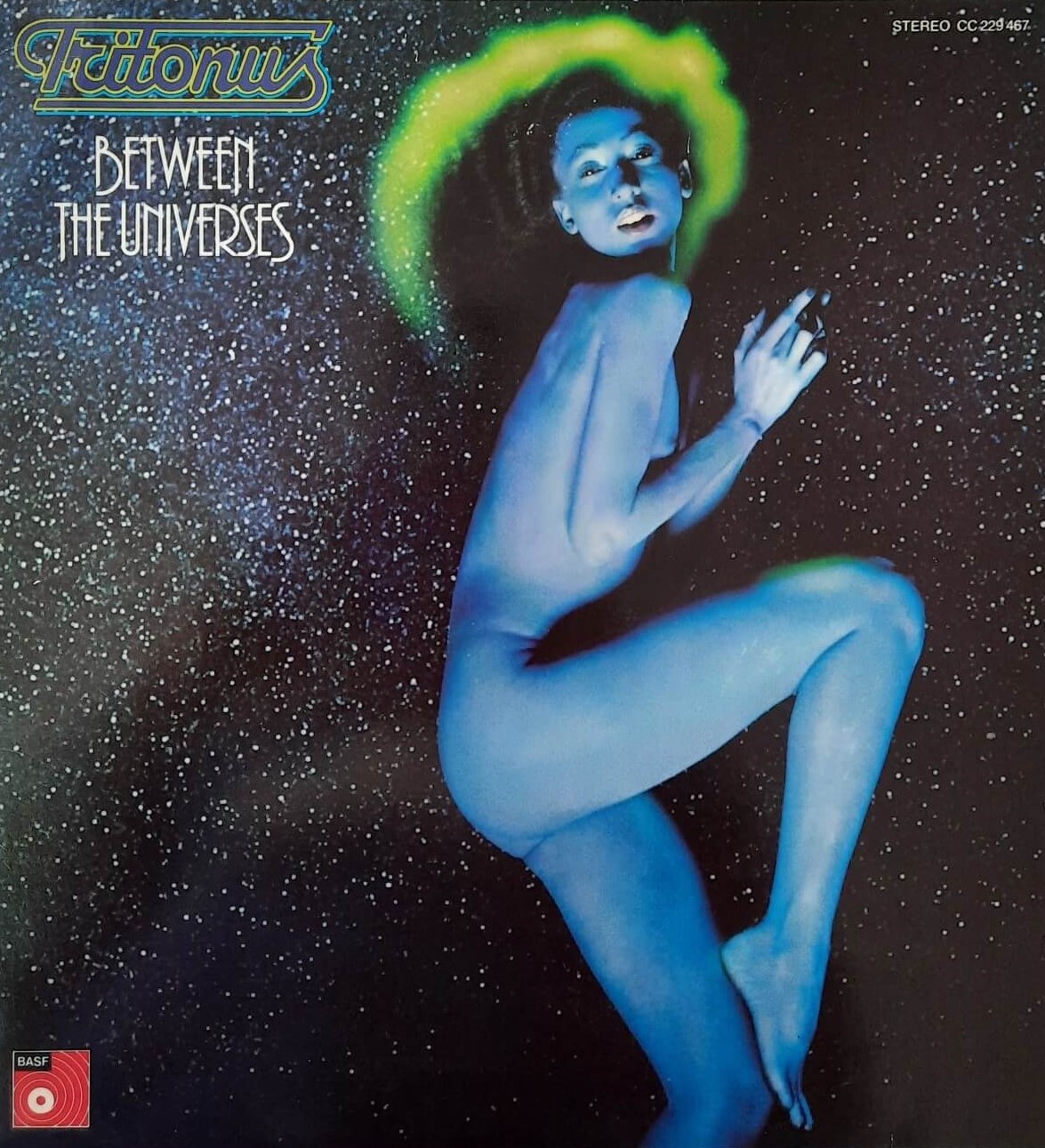
Please share your recollections of the sessions for ‘Between The Universes’.
I produced the album alone and also took on a different genre with ‘Mars Detection.’ Compositions like ‘Between the Universes’ and ‘The Day Awakes,’ ‘The Day Works’ and ‘The Day Rests’ had big harmony progressions, so lots of harmonies, big melodies, and complex arrangements. ‘Mars Detection,’ on the other hand, only has one harmony, namely F as the pedal point. The instrumentation was only done with synthesizers, especially the PPG Wave Computer & Sequencer. Minimalist trance and space music.
This title was used a lot as expressive music, especially on television.
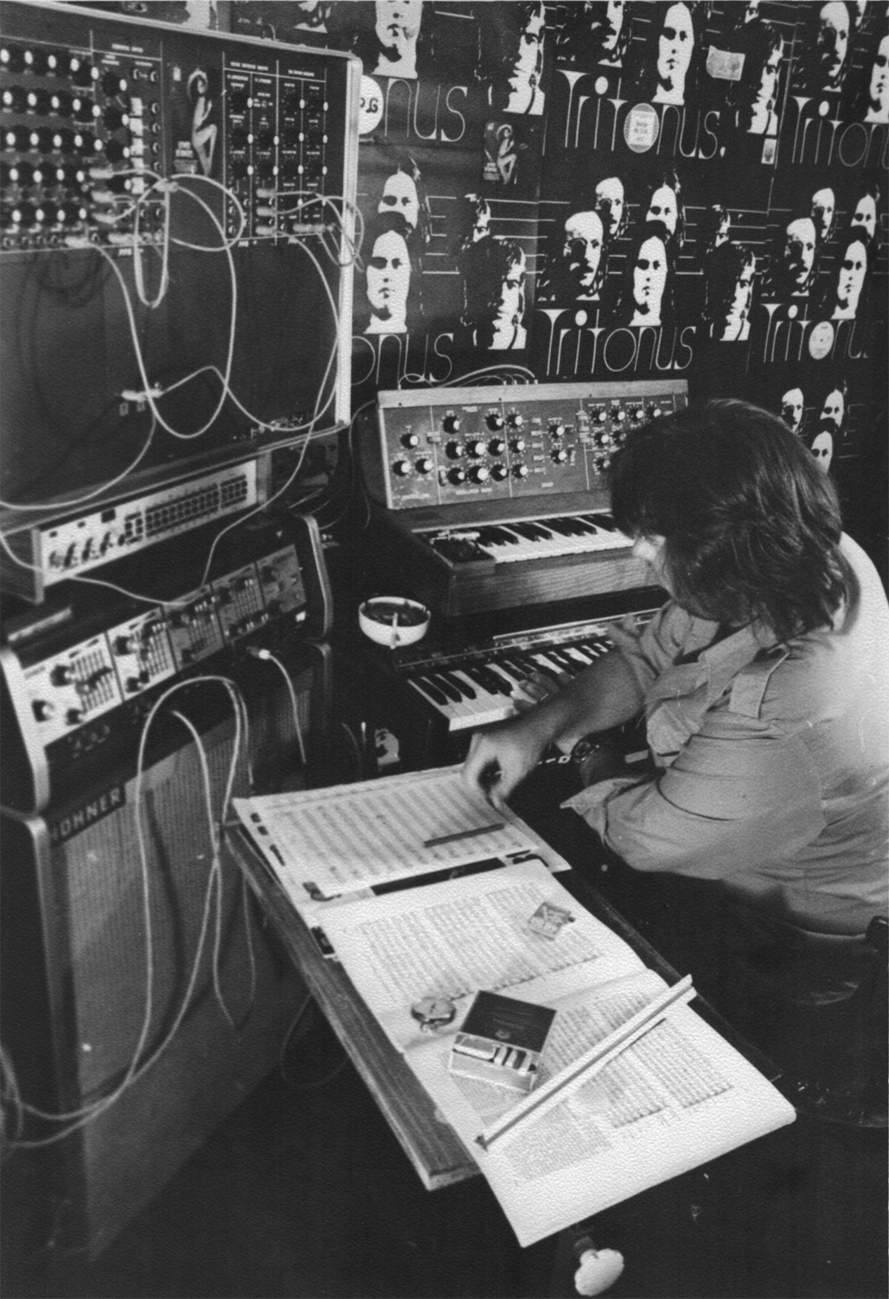
What’s the story behind the album artwork?
To be honest, I didn’t care that much about the artwork; I left that to the record company. Sorry, there was no story about the album artwork, although the cover photo for ‘Between the Universes’ of course fits the title very well.
Are there any unreleased material or material that you didn’t record back then, but were newly written at the time?
Sorry, there is no unreleased material.
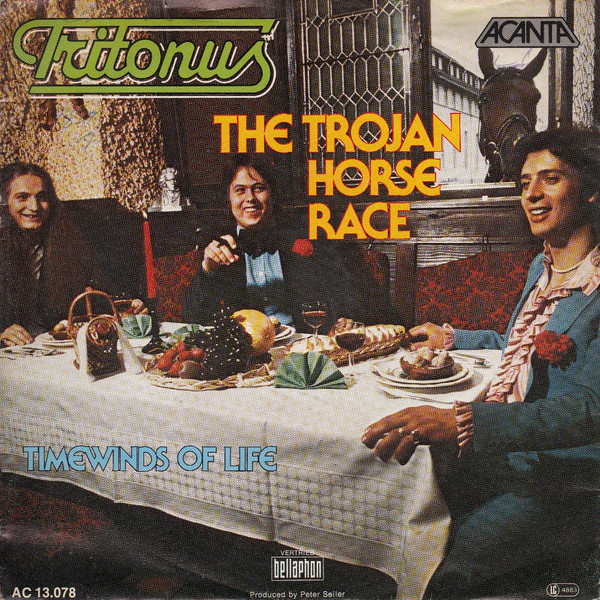
Did any member participate in any other bands back then? Or later in the 70s?
Rolf-Dieter Schnapka, the bass player who I worked with for the longest time, formed the band Sioux.
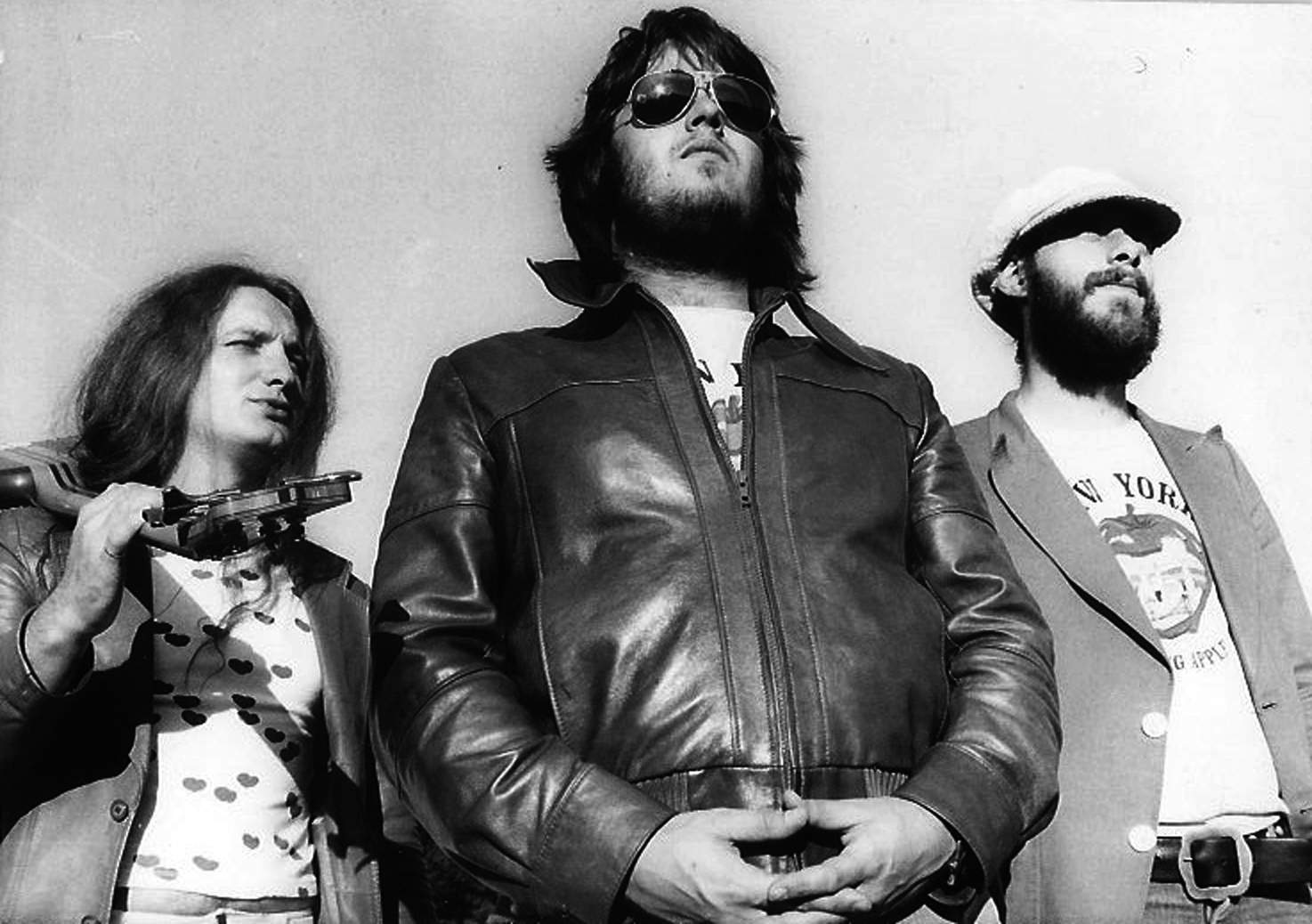
Tell us about your solo career and how that came to be?
In the 80s, I had many commissions for film and television music, as well as for advertising (commercials, jingles, etc.). I was, as they say, “good at business,” typically composing, arranging, and producing new music every week. In my free time, I started composing program music and interpreting travels, experiences, and moods.
The LP ‘Flying Frames’ was created with the motto “Music for the Eyes of Your Mind.” The Hamburg label IC (Innovative Communication), which was founded by Klaus Schulze, liked the album, and I got a contract. The LP was also successfully released in the USA as CD and MC. Later, Japan, Canada, and almost all European markets followed, and the music was often played on radio and television in these countries.
In Germany, there was a very successful radio format Schwingungen on WDR Cologne. My album ‘Open Borders’ was voted album of the year by the listeners of WDR, and the title ‘The Longing For…’ was also voted title of the year.
At this point, I also headlined the UK Electronica festival in Sheffield/UK. The English Q magazine called me “The German Synthesizer Wizard”.
From 1996 onwards, I released my new CDs on my own label PSM Records. At this time, the sound installation “KlangOase/SoundOasis” also started in Mannheim’s Luisenpark. My compositions are played there for 12 hours every day from April to October. Thousands of people listen to my music there every year. Four CDs and a Best of KlangOase (SoundOasis) have also been released.
At some concerts, I had large light and laser shows, which were spectacular.
Today, you have to offer more at concerts, but twenty-five years ago it was exciting.
It would be fantastic to hear some further words about other projects you were involved with, including Intercity Sound Association, Salamanda, and Sirius.
Salamanda and Sirius were created in collaboration with Michael Bundt, for whom I also composed and played on his keyboard CDs. Salamanda was Michael Bundt’s partner at the time, and we produced a single (45) with her.
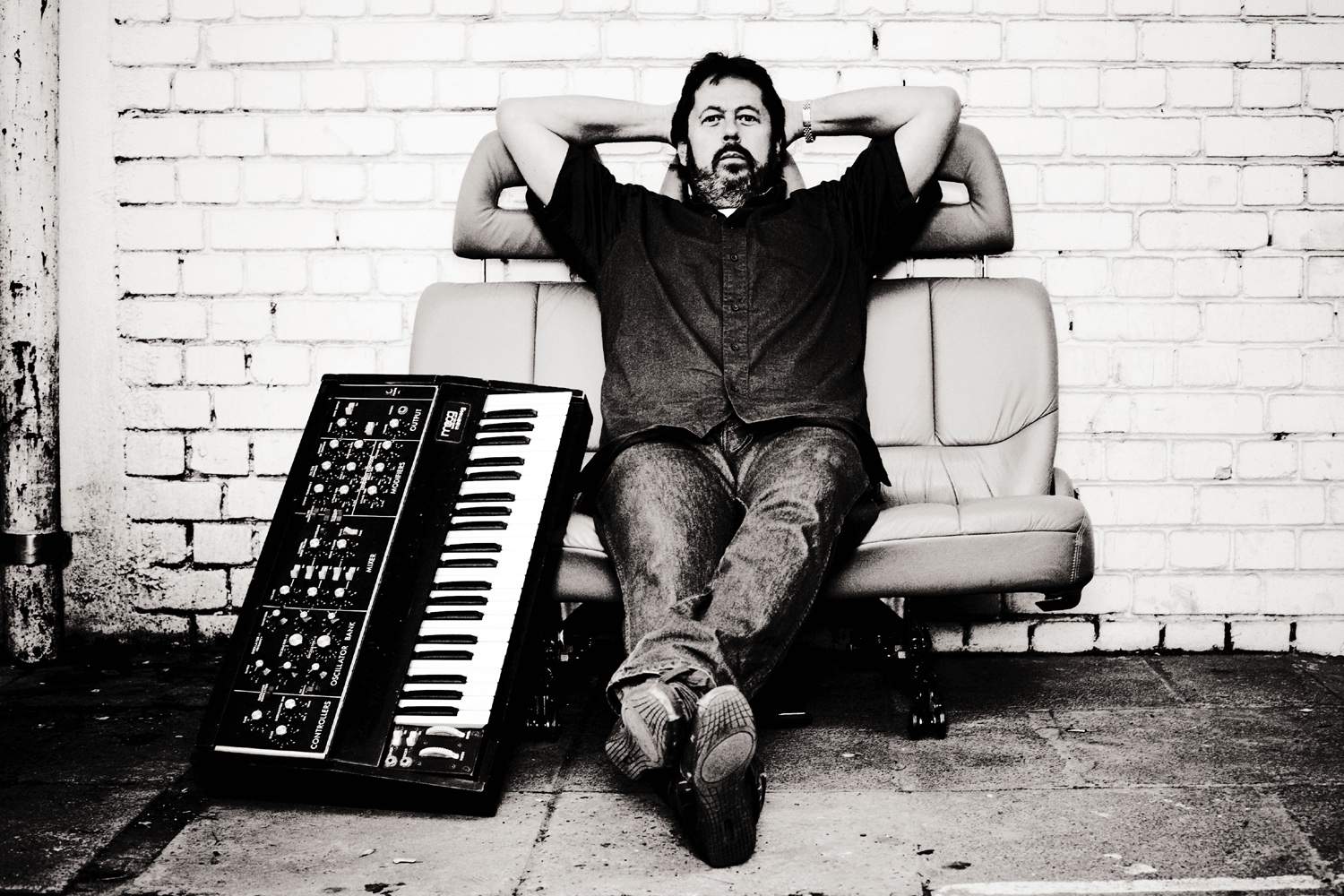
However, his album ‘Just Landed Cosmic Kid’ (released on WEA) is still considered an electronic cult album today, especially in England.
Intercity Sound Association is a pure studio project I co-composed and performed under a pseudonym with some musicians from the Mannheim region. Instrumental music, funky, and a kind of Sound of Philadelphia style, the LP was very successful on TV and radio. In the meantime, it has been re-released on CD.
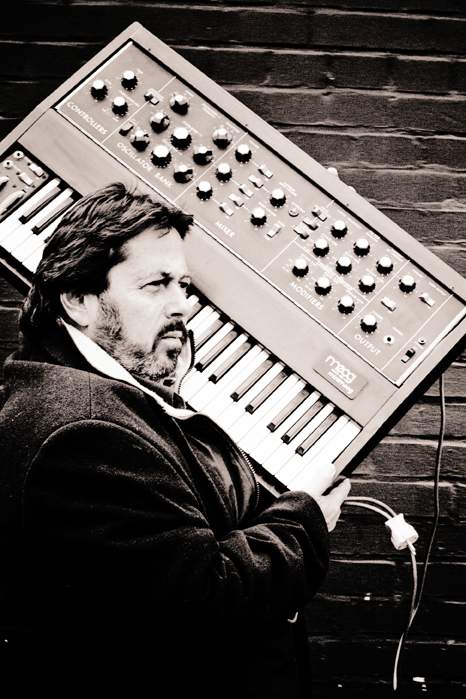
What occupied your life later on? What currently occupies your life?
I am still composing, also producing classical music, film music, commissioned work, and new titles for KlangOase/SoundOasis. I am still a lecturer at the Popakademie (University of Popular Music) and chairman of the Baden-Württemberg German Composers Association. In addition, I often play solo piano and occasionally play larger concerts with many keyboards and guest musicians. In other words, still very creative and productive.
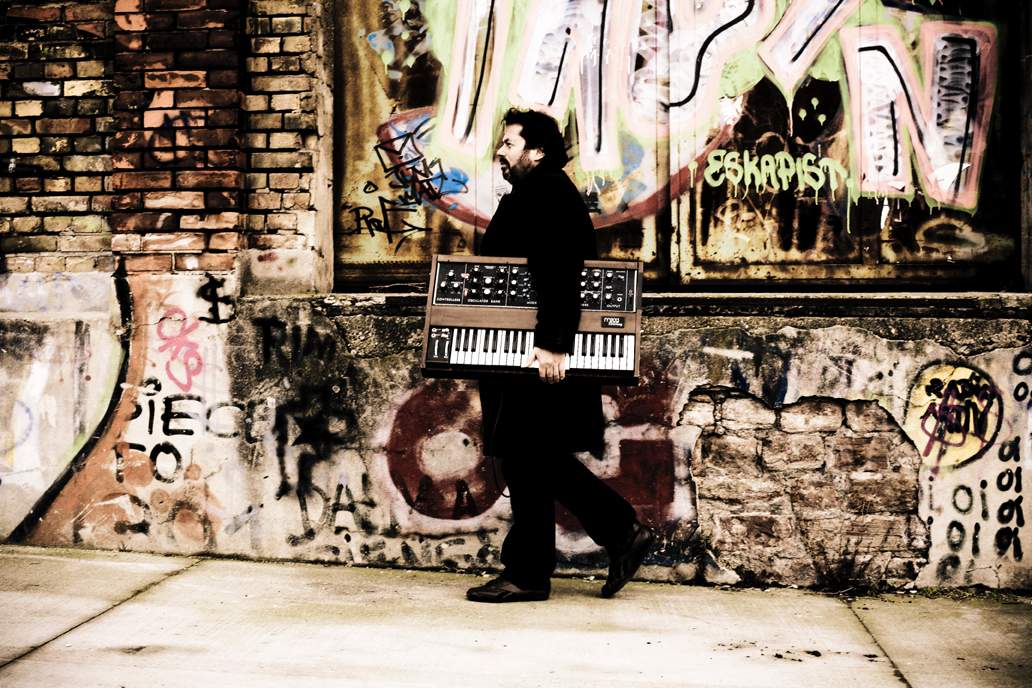
Did you stay in touch with members all these years?
I have often worked with Rolf Dieter Schnapka in the recording studio; over the years, we have developed a trusting and respectful friendship. He recently played bass as a guest at my big anniversary concert in December 2023 and sang my song ‘Timewinds of Life.’
By the way, that was the last Tritonus studio recording I made with the band in 1977.
I met Arthur Weiss a few years ago on the occasion of the release of a Tritonus ‘Live at Stagge’s Hotel’ CD. Arthur lives and works as a musician in the USA and played drums in the band for some time; he also played on the live album.
Rolf Dieter Schnapka was also at the meeting; it was a very warm and beautiful ride into the past.
There is no longer any contact with the other colleagues.
Which songs are you most proud of?
From the LP ‘Tritonus’: ‘Escape And No Way Out,’ ‘Far In The Sky,’ Sunday Waltz’. From ‘Between the Universes’ all tracks on the album, and ‘Timewinds of Life’ (the last Tritonus single recording).
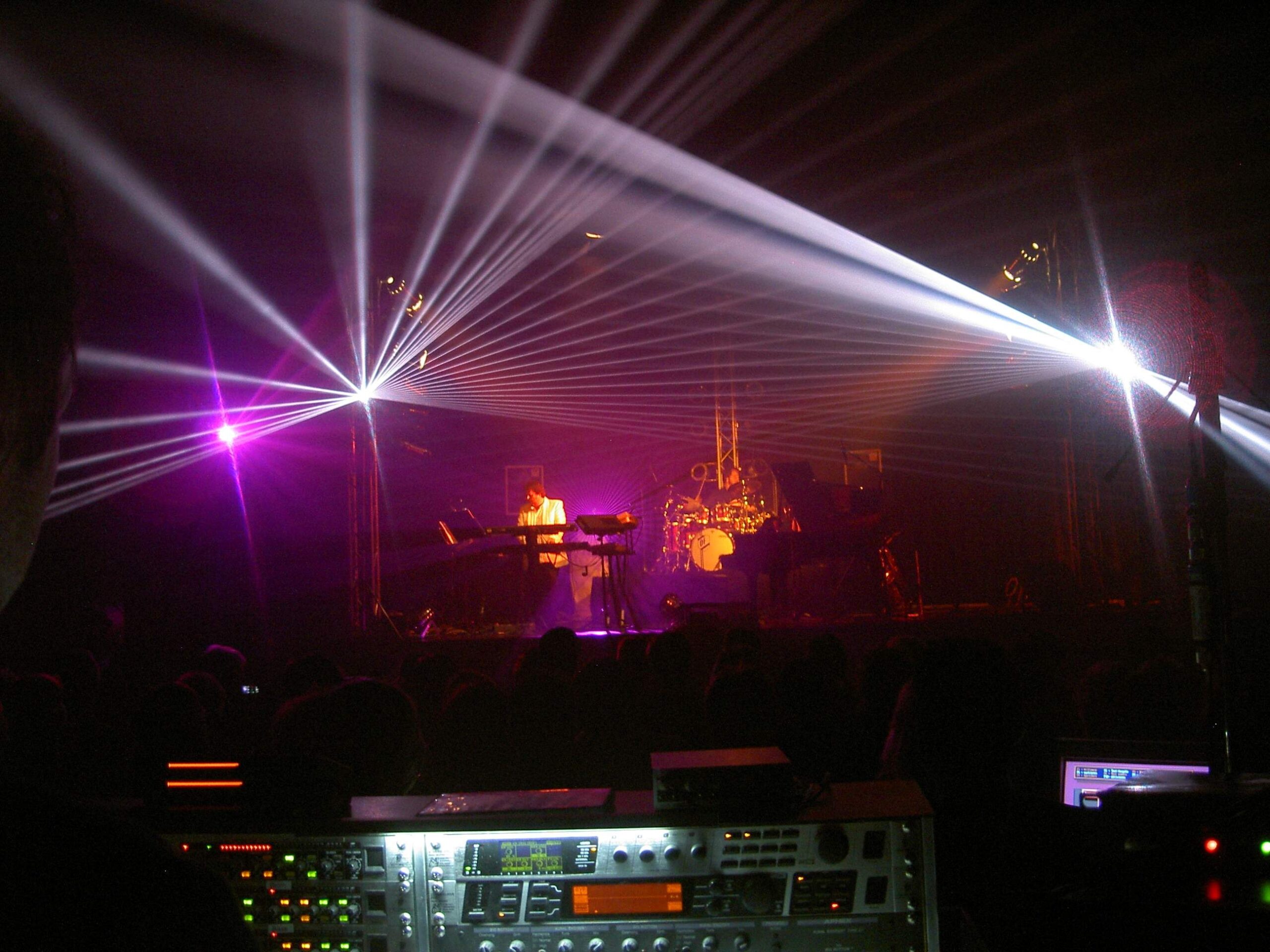
What are some of your favorite memories from Tritonus and the 70s in general?
The church organ recording for the first album, particularly for the title ‘Far in the Sky,’ was exciting. In the studio, we had purposely left 4 bars of general pause in 6/8 time recorded. I had recorded the church organ weeks before without a click, then, using a feed from a stereo tape machine onto the multitrack tracks, we let it “fly in”; everything worked out perfectly. The sound engineer, who had great doubts, was dumbfounded by the results we had achieved, as he had never done anything like it before. Incidentally, the intro of the title ‘Far in the Sky’ was also played with the church organ, and it wasn’t a problem fitting it into the studio recording.
Great memories at the beginning were the passion for sound and music, the ambition to get better, to improve the compositions. I was motivated by the discipline and the belief in music, greatly assisted by the bass player at the beginning of the band. Passion bordering on obsession drove us; money was secondary and only used to purchase equipment and improve the sound.
It was very important and fortunate for me that I found such a talented fellow musician in Ronald Brand, who not only motivated me but also helped me realize my concept.
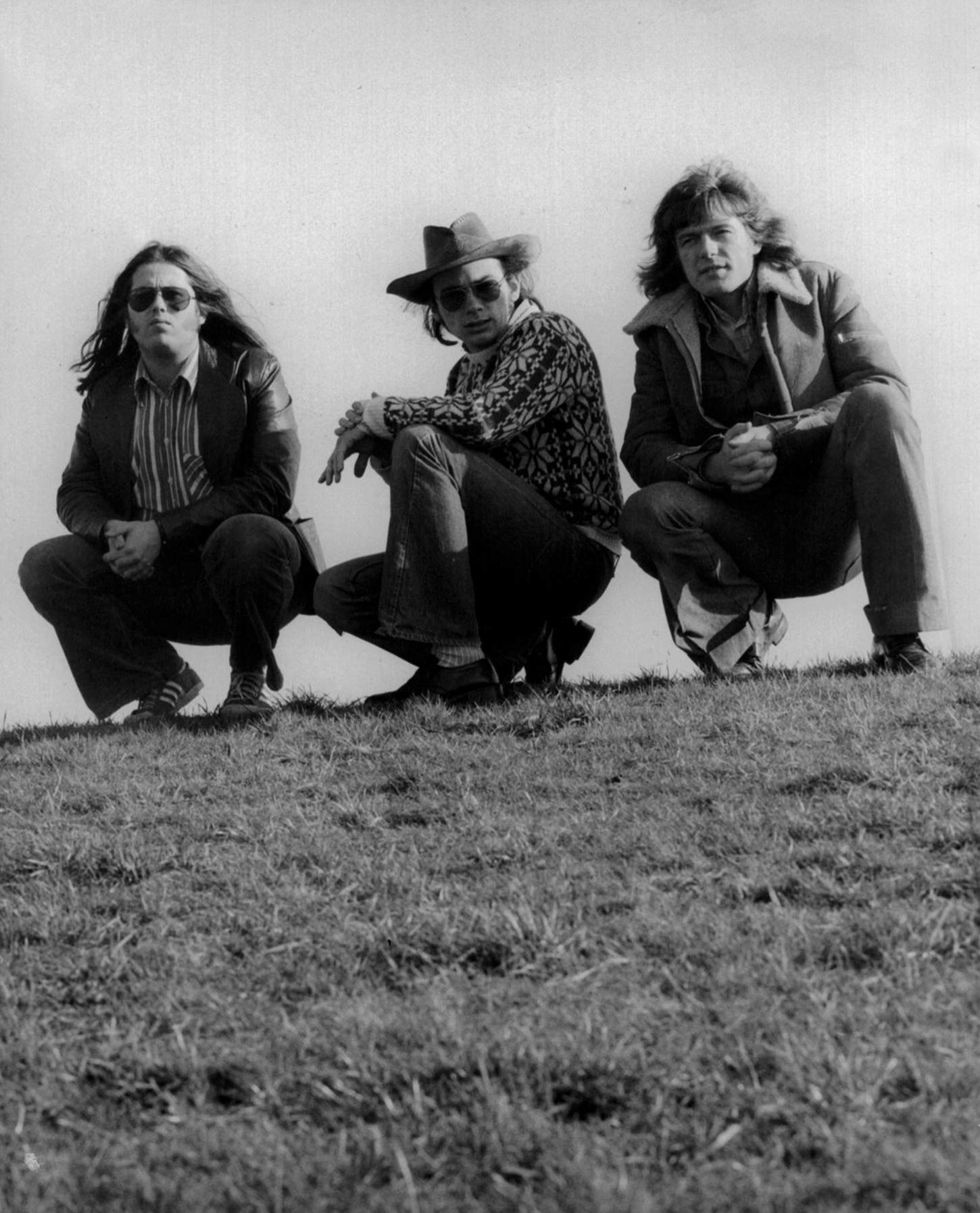
What are some of the most important players that influenced your own style and what in particular did they employ in their playing that you liked?
There are a lot of classical composers, but in popular music, I would name two great musicians:
Paul McCartney (The Beatles): composer/songwriter/artist – The legend par excellence!
Keith Emerson (ELP/Nice): pianist/keyboardist-composer and arranger.
For me, they’re prime examples of successful crossovers between classical and pop-rock music. They also created fantastic innovative sounds and orchestrations.
Klemen Breznikar
Headline photo: Tritonus live at K’Town | Peter K. Seiler, Arthur Weiss, Rolf-Dieter Schnapka
Peter K. Seiler Official Website
Garden of Delights Official Website

